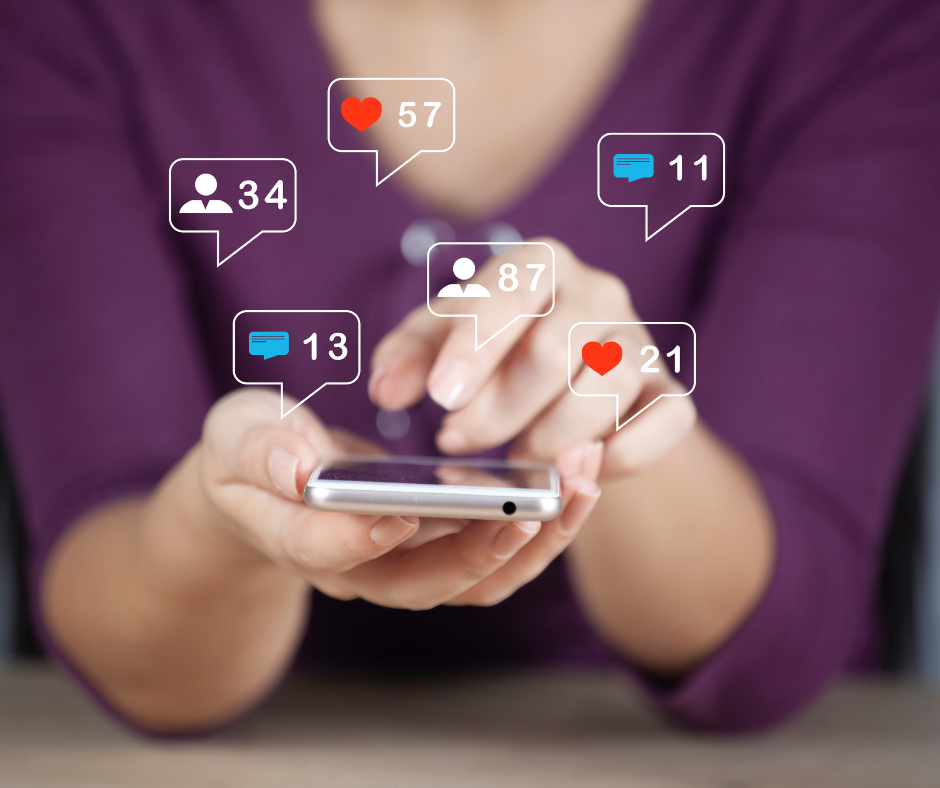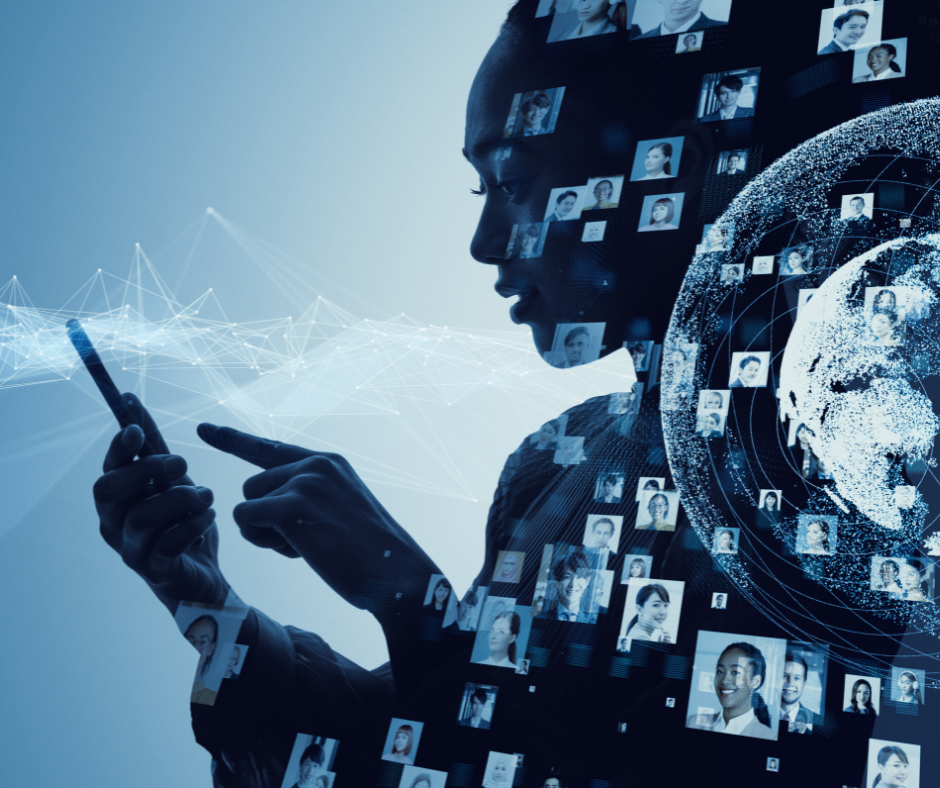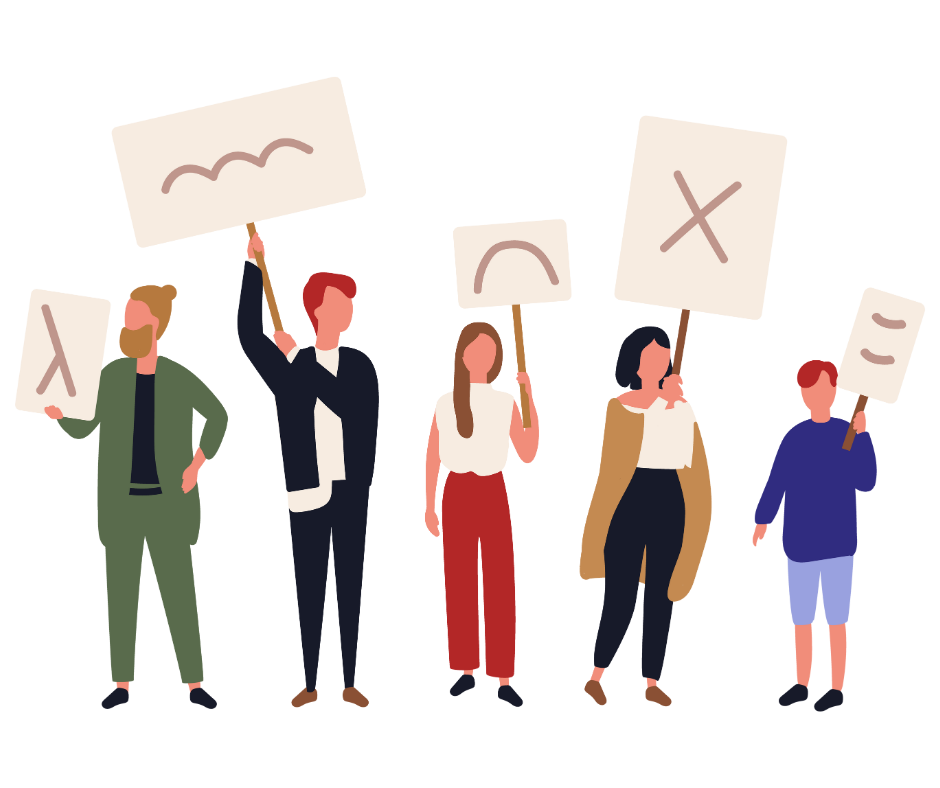Technology and social networks, instead of strengthening democracy, by taking advantage of the possibilities they offer as a platform for the exchange of opinions and open dialogue, strengthen polarization and end up becoming a tool of extremist groups and authoritarian regimes.
Why is this happening?
The main source of revenue for social media companies is advertising. To be profitable (for their clients as well as for the companies themselves) the display of advertisements needs to ensure a “simple” thing to begin with: Their users use social media applications more and more, ideally continuously.
However, beyond that, the users should not only “see”, but also react and respond to the advertisements that appear on their screen.
To convince the user to spend more time on an application, among other things, one must find in it content that matches their interests and likes.


This is achieved by creating a profile for each user: The application’s algorithm records every action: what we “liked”, which video we watched, what content we commented on, what we shared with our “friends”. It shows us the same or similar content. Constantly.
Thus, while using a social media application, it is much more likely that content that matches our interests will appear on our screen: favorite movies or series, books, singers, etc. Accordingly, advertisements are shown for products and services that we like the most and are more likely to buy, and hence respond to the advertising.
The social bubble
This does not only happen with products and services, but also with opinions and publications that have to do with political or social or even scientific issues. Social network users are “bombarded” by content from other users or pages, which leans towards a certain approach, and develop the illusion that “the majority agrees with them” and by extension “they cannot be wrong”. They are trapped in what we could call a “social bubble”, in which polarization is hatched.
Polarization, which is important to note is not caused by social networks, but according to social scientists, academics, activists, people in the tech industry, etc. sharpens in them.
Given, also, that social networks own the overwhelmingly larger part of the “pie” of public dialogue, according to research concerning the USA (but we could consider that their conclusions concern, with certain deviations, many more countries), it seems that have also played an important role in making the so-called political sectarianism more intense.

Within this framework, however, moderate voices are not heard while at the same time other risks are also emerging:
- heavy activity by extremist groups (the majority of which are “suggested” to users)
- intense activity by “trolls”, which may run entire groups of political or social character
- increase in content produced by bots and spread of fake news
- increase in cases of manipulation of social networks for political reasons.

To “survive” in this polarized environment, politicians are forced to develop an even more extreme discourse, to become unreliable and populist. At the same time, the polarization within social networks is transferred outside them, into “normal life”, rendering the democratic state dysfunctional.
Take action
- Check the sources of the news you read on social networks.
- Follow social media users who post content you don't necessarily agree with. Seek to engage with the opposing point of view.
- Use and spread technological applications that help the development of democracy and not weaken it.
Did you know?
Sources and additional information
- https://www.humanetech.com/democratic-functioning
- https://www.opendemocracy.net/en/technology-and-democracy/
- https://www.ned.org/emerging-technologies-and-democracy/
- https://www.wired.com/story/how-to-stop-misinformation-before-it-gets-shared/
- Social Media and Political Dysfunction: A Collaborative Review – https://docs.google.com/document/d/1vVAtMCQnz8WVxtSNQev_e1cGmY9rnY96ecYuAj6C548/edit
- https://www.brookings.edu/blog/techtank/2021/09/27/how-tech-platforms-fuel-u-s-political-polarization-and-what-government-can-do-about-it/
- Rathje, S., Van Bavel, Jay J., van der Linden, Sander, (2021) Out-group animosity drives engagement on social media. Proceeedings of the National Academy of Sciences (PNAS) 118(26).

